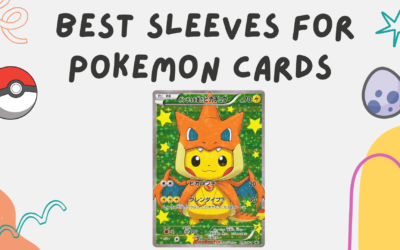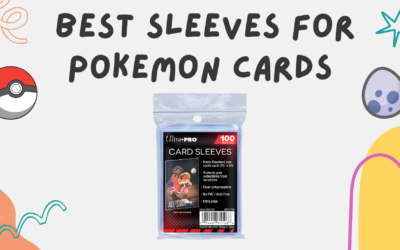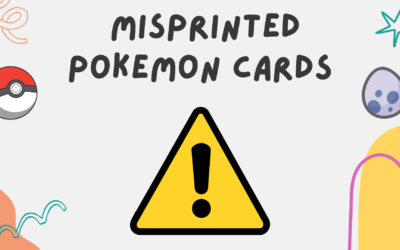What Are Shadowless Pokemon Cards And How Much Are They Worth?
Trying to sell your childhood Pokemon card collection can be confusing if you don’t know some key terminologies. Terms such as “1st edition” and “shadowless” are enough to make someone’s head spin if encountered without context. Thankfully, learning those terms only takes a few minutes and can save you loads of headaches.
Shadowless Pokemon cards are among the franchise’s most valuable and sought-after collectibles. These rare cards feature a minor difference from their more common counterparts, making them highly desirable to collectors.
Shadowless cards easily fetch thousands of dollars depending on their condition. Let’s look further into how to identify them and what makes them so valuable.
What Counts As A Shadowless Pokemon Card?
Shadowless Pokemon cards are extremely rare nowadays and it takes less than a glance to spot one.
If you notice a base set card without any drop shadow on its artwork frame, that’s a shadowless card. You can then perform other checks, such as checking if it’s 1st edition, confirming the copyright years at the bottom, or if it’s a real one instead of a fake card.
What’s the difference between 1st edition shadowless and regular shadowless?
There are two kinds of shadowless cards: 1st edition and regular. There’s only one significant difference between them, but that’s enough to create a gulf in their price. So how do you tell them apart?
The main differentiator between the two cards is the presence of the 1st edition stamp on the card. At the bottom left of the artwork frame is a “1,” and the word “EDITION” is written above it in a semi-circle. Without that stamp, the card is just a regular shadowless card.
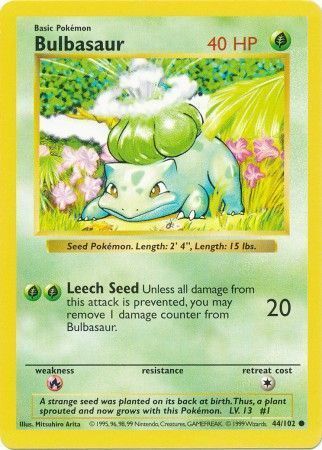
Shadowless Base Set Bulbasaur
How do you identify a shadowless Pokemon card?
Identifying a shadowless Pokemon card is easy, and the best way to do it is to look at the frame surrounding the artwork. You want to focus on the right side because that’s where you’ll find the difference between a shadowless and an unlimited card.
You’re looking for a black line, called a drop shadow, on the right side of the artwork frame. If there is one, you’re looking at an unlimited version of that card. But if there isn’t a drop shadow, congratulations – you have a shadowless Pokemon card.
Another indicator of a shadowless card is the copyright year at the bottom. You don’t need to read the entire line; you only need to find “1999” on the card.
Of course, all 1st edition cards (except Machamp from the base set) are shadowless. So if you find that “1st EDITION” logo at the bottom left corner of the artwork frame, then you’re guaranteed to have a shadowless card.
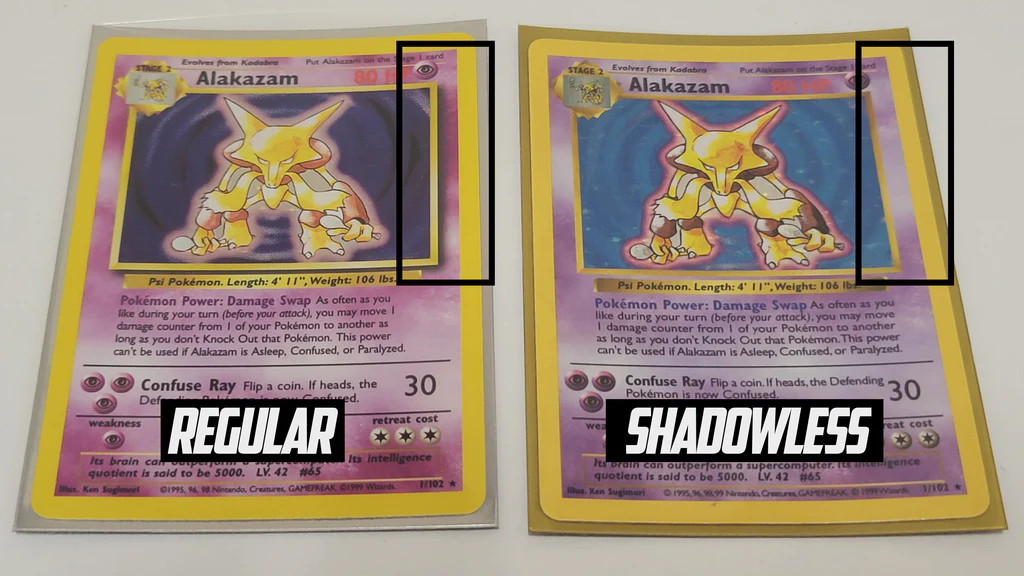
Regular Alakazam vs Shadowless Alakazam
What’s The Deal With Machamp And Shadowless Cards?
You may have noticed earlier that we excluded Machamp when discussing 1st edition cards being shadowless. That’s because the Machamp card from the base set has an oddity: all of them, even ones that aren’t shadowless, have the 1st edition stamp.
So why are all Machamp cards 1st edition? That’s because Wizards of the Coast included a 1st edition Machamp card in the Pokemon TCG 2-Player Starter Set. The card was a bonus on the starter set – it was the only Stage 2 Pokemon in the deck.
Additionally, Machamp was never in any booster packs, so most Machamp cards in public hands are 1st Edition. The only non-1st Edition Machamp card was found in Trainer Deck A, sent to Pokemon Leagues before the TCG’s official launch; these cards have “Trainer Deck A” stamped on the back. There weren’t a lot of them, and they are very rare.
However, when they started printing unlimited cards, WOTC never removed the 1st Edition stamp on Machamp. As a result, two versions of 1st Edition Machamp exist: shadowless and shadowed.
How Do You Determine If A Booster Pack Has Shadowless Cards Or Not?
Spotting a shadowless card when it’s right in front of you is easy, but what about booster packs? How can you tell if your booster pack contains shadowless cards without opening it?
For 1st edition shadowless cards, the method is straightforward. All you need to do is look for the same 1st edition logo on the pack. It will be near the bottom, to the right of the red box that says “TRADING CARD GAME.”
If the pack doesn’t have the 1st edition logo, don’t fret – you can still determine whether it’s shadowless without opening it. Here’s how:
- The red “TRADING CARD GAME” logo is the first to look for. If it’s still at the bottom, it’s shadowless. But it’s unlimited if it’s at the top of the pack.
- If the pack says “11 Tradeable Game Cards,” you have a shadowless pack. Unlimited card packs will say “11 Additional Game Cards.”
- If you can hold the pack yourself (i.e., it’s not in a display case), the back of shadowless packs will say, “Each player must have a Deck of Pokemon cards to play. Collect all four theme decks!”
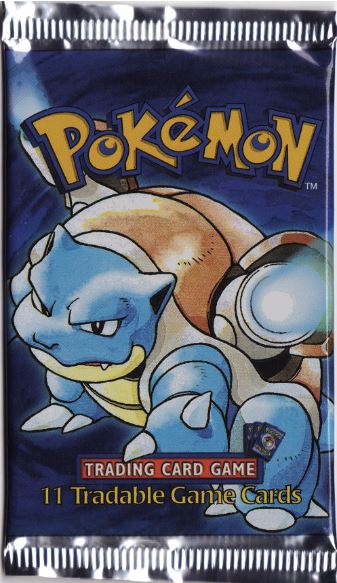
Shadowless Base Set Pack
Which Sets Have Shadowless Cards?
Believe it or not, only Base Set cards have shadowless versions; the rest do not. Shadowless cards exist because Wizards of the Coast, the company handling the printing of Pokemon cards at the time, was experimenting with card layouts. WOTC knew 1st edition cards had to be a limited run, but they weren’t sure what subtle differences they could add to each card edition.
As a result, shadowless cards served as an in-between print to determine how a card would look without the 1st edition stamp. And considering its short print run, it’s clear that WOTC wasn’t entirely happy with the card’s appearance before settling with a drop shadow on the frame.
By the time WOTC started printing Jungle set cards, shadowless cards were no longer a thing; they were printing only 1st edition and unlimited cards. And although 1st edition cards existed until the Neo Destiny set (except for Base Set 2, which never had a 1st edition), those cards were never shadowless.
How Much Are Shadowless Cards Worth?
Shadowless cards are worth a lot of money, even for the common cards. Their rarity drives up the prices; it doesn’t help that there are fewer of them each year as more cards get settled into people’s collections. And if the card is a 1st edition shadowless, its value goes up exponentially.
Here are five of the most expensive shadowless cards:
- Charizard 4/102 1st edition: $36,766
- Charizard 4/102 regular shadowless: $33,092
- Chansey 3/102 1st edition: $31,206
- Blastoise 2/102 1st edition: $23,433
- Venusaur 15/102 1st edition: $19,000
Final Thoughts
Finding a shadowless card in your collection can be exhilarating, especially considering its potential value. Diligently performing a few simple checks can save you the regret of underpricing it as an unlimited edition card. As long as you take a few seconds to glance at the card’s characteristics, you know you can set a value on your card correctly.
So the next time you go through your childhood binder or go searching through someone’s collection, take a few moments to look at each card in detail. You’ll never know what kind of treasures you’ll find with a careful eye.
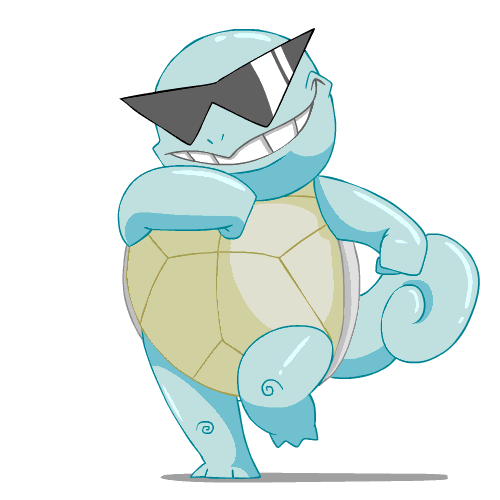
Need To Sell Your Pokemon Cards Fast?
We’ll Take Them Off Your Hands!
Sell Your Pokemon Cards Fast With WeBuyPokeCards

Related Posts
What To Read Next
Are New Pokemon Cards Worth Anything?
If you’ve ever watched a video of someone opening vintage Pokemon cards you probably see prices in the tens of thousands of dollars popping up all over the screen and it can make the value of more recent Pokemon cards look pretty measly.
The 5 Best Sleeves for Pokemon Cards
To some, they may just be colourful cardboard, but for you, Pokemon cards are collectables. And when you’re collecting something, you want to ensure they’re safe and protected to preserve their condition. You can’t start that process with cards unless you use card sleeves.
The 10 Most Valuable Misprinted Pokemon Cards
Opening a Pokemon TCG pack is always an exciting moment. You never know if you’ll get your favorite or valuable chase card until you’ve opened the pack. And as you pull the cards out and eagerly go through each one, you notice that one or more of them has a defect. What now?

